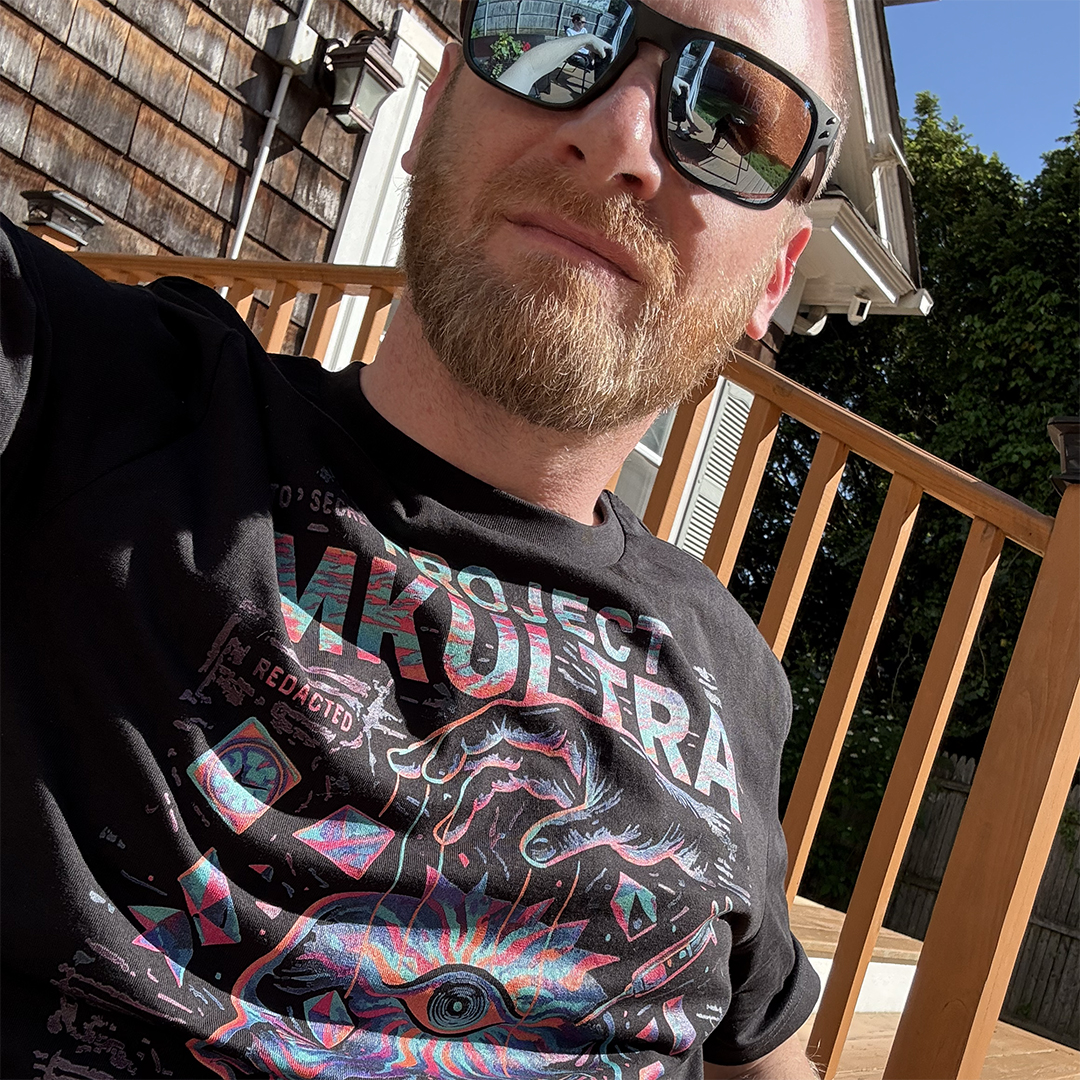Transitioning from Graphic Designer to Art Director
- William Cassar

- May 14
- 3 min read
Updated: 4d
For most of my career, I’ve introduced myself as a graphic designer—someone who solves problems visually, builds systems, and shapes ideas into something tangible. But over time, my role naturally expanded. I wasn’t just designing anymore. I was guiding the process, shaping the vision, streamlining workflows, collaborating across teams, and making decisions that lived well beyond the layout in front of me. At some point, the transition became clear: I wasn’t just designing the work. I was directing it.

The Shift That Happens Quietly
Moving from graphic designer to art director isn’t something that happens overnight. It’s a gradual shift—one that starts when you’re asked to take on more responsibility, lead a concept, or manage the creative direction of a project. You start thinking less about what you’re creating and more about why it should exist, how it serves the audience, and who you need to bring together to make it happen.
]In my own journey, the transition came through opportunities in fashion, consumer brands, and more regulated industries—spaces where design has to align with compliance, operations, and business strategy. Those challenges taught me that art direction isn’t just about making something visually strong. It’s about building a roadmap for clarity, consistency, and impact.
Seeing the Bigger Picture
Graphic design is craft. Art direction is context. The moment you shift into art direction, you start zooming out:
How does this concept support the brand system?
What’s the emotional tone we’re trying to create?
How do we give designers the space to explore while staying aligned?
What’s the creative strategy—not just the creative output?
It’s a different headspace—less about your personal style and more about elevating the collective work.
From Hands-On Maker to Creative Guide
One of the biggest changes in this transition is learning how to guide instead of execute. As an art director, your role becomes much more about:
Creative leadership
Team alignment
Process design
Translating business needs into creative direction
Ensuring consistency across channels and formats
Giving and receiving feedback with intention
You become the person who sets the tone—creatively, visually, and often culturally.
Embracing Strategy and Storytelling
Art direction requires a hybrid mindset:part designer, part storyteller, part creative strategist, part operations partner.
You’re expected to bring more than visual skill—you bring direction, logic, and vision. And honestly, that’s what I’ve grown to love most about this stage of my career. It’s not just about “making things look good.” It’s about crafting a narrative, guiding a team, and ensuring the work has clarity, meaning, and purpose.
Why the Transition Matters for My Work Now
As I continue building my practice and moving further into art direction, I’m more energized than ever. My background in design keeps me grounded in craft. My drive toward creative leadership helps me think bigger.
This transition has taught me how to:
See the work from multiple vantage points
Communicate clearly across creative and non-creative teams
Build structure without limiting experimentation
Lead with curiosity and empathy
Connect creativity to outcomes
And it’s exactly why I’m excited for the next chapter.
Closing Thought
Transitioning from graphic designer to art director isn’t about leaving design behind—it’s about expanding it. It’s about taking everything you’ve learned as a designer and using it to guide bigger ideas, bigger teams, and bigger creative moments.
It’s a shift I’m proud of, and one I’m still growing into every day.